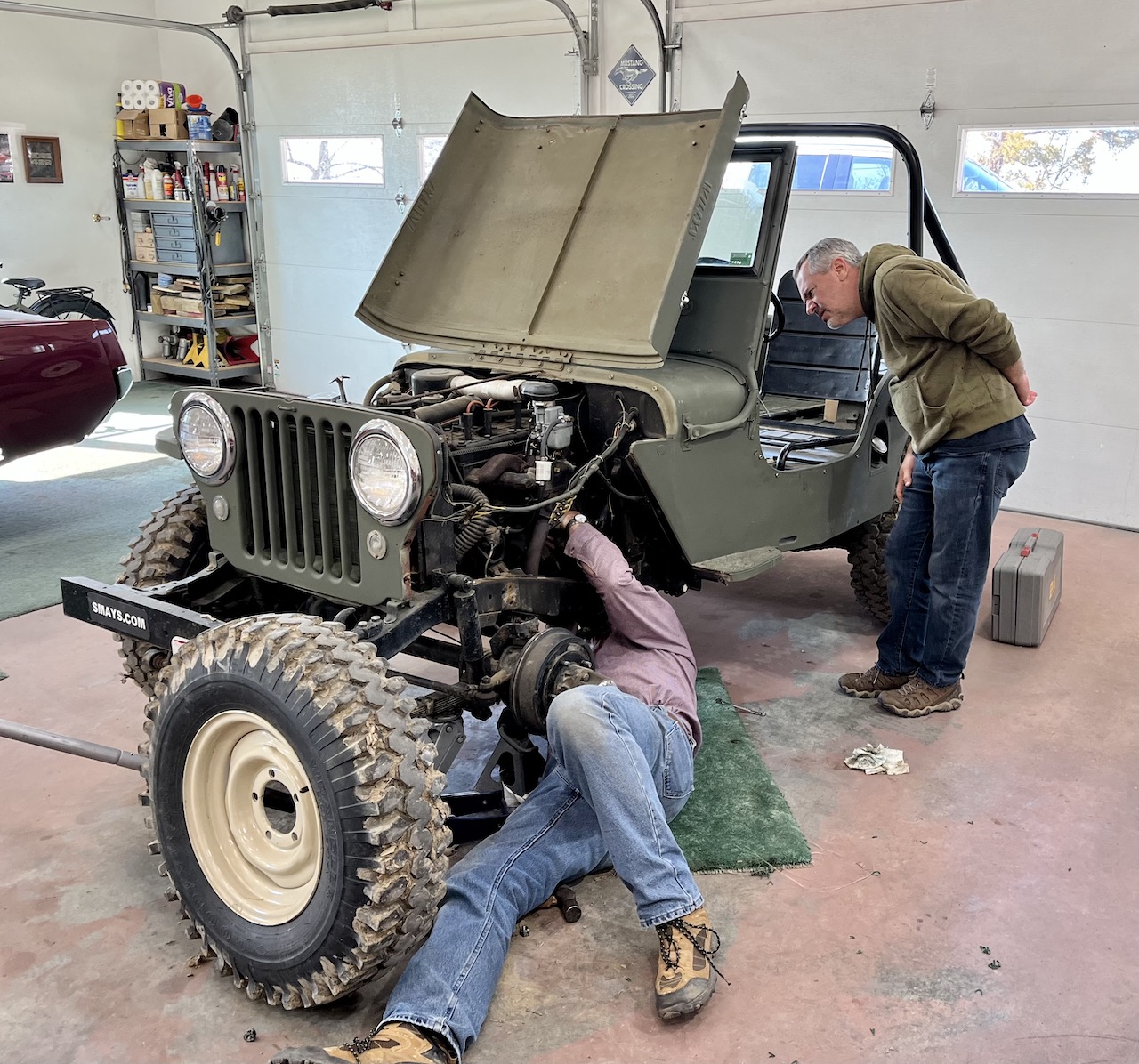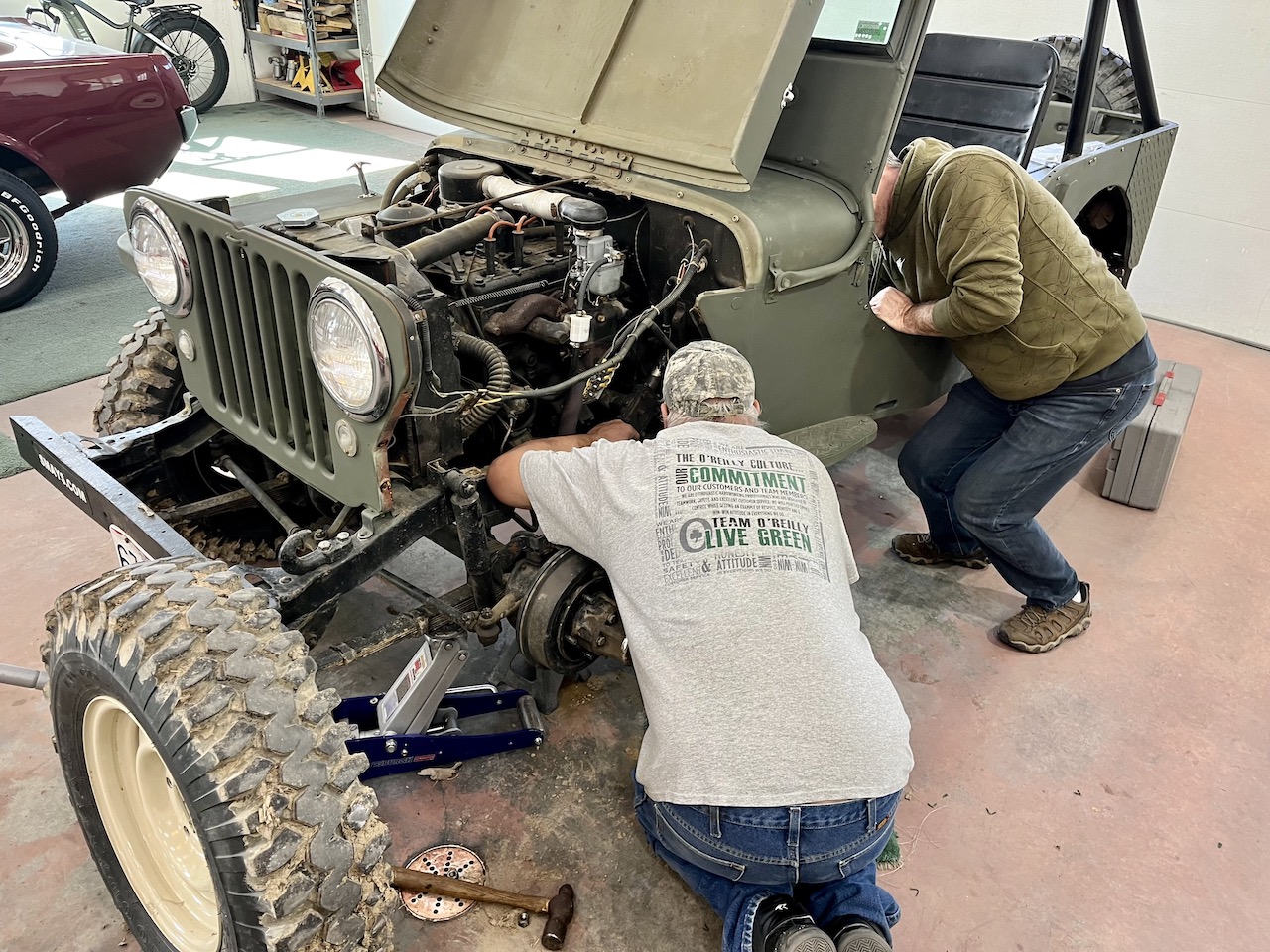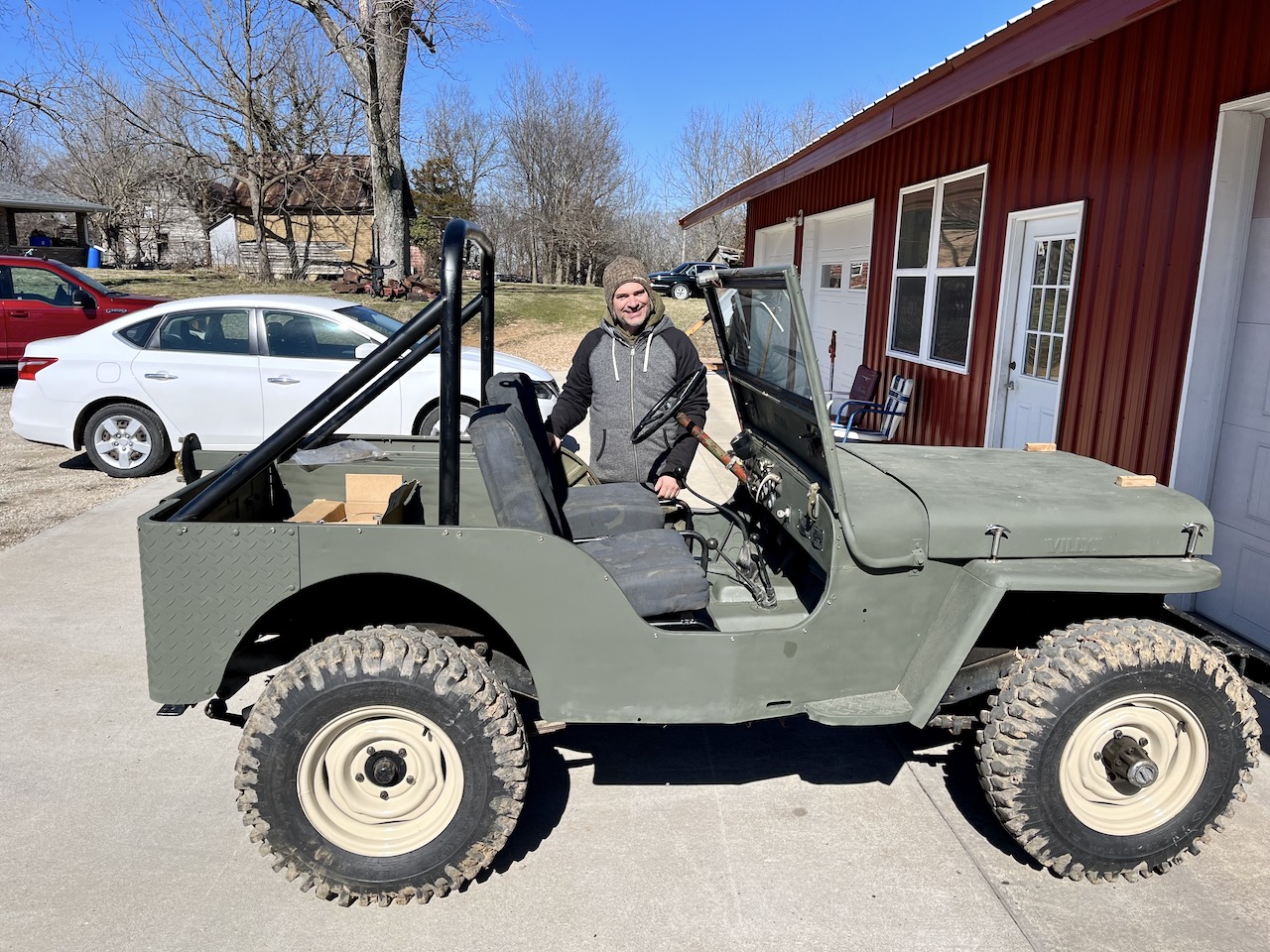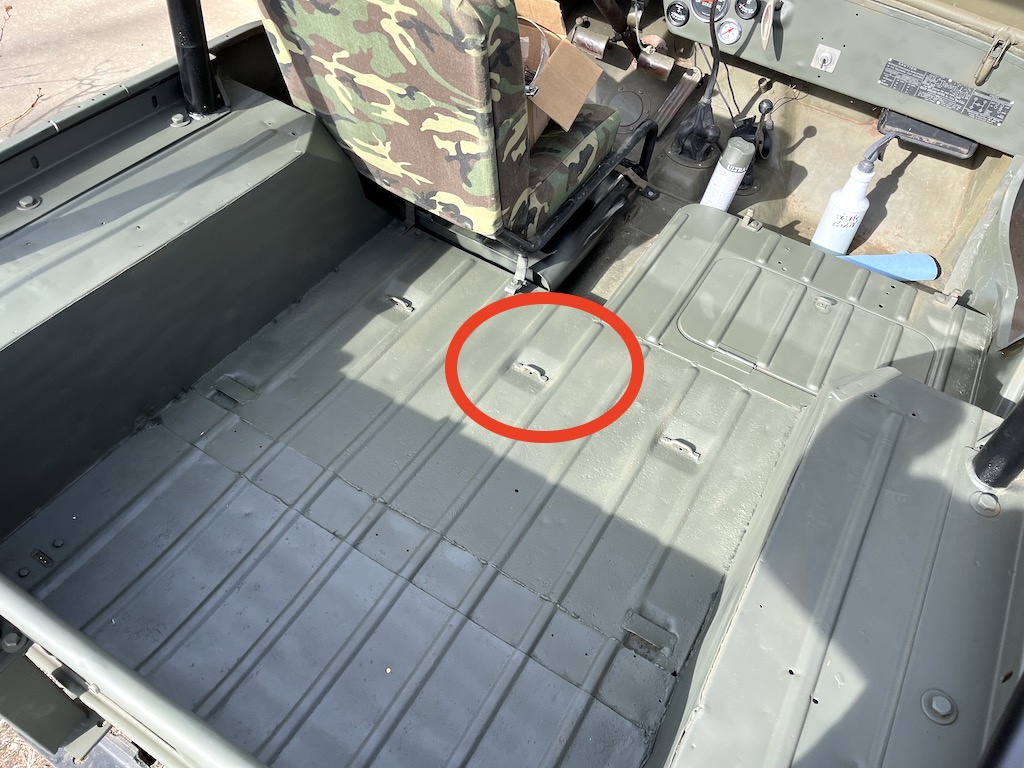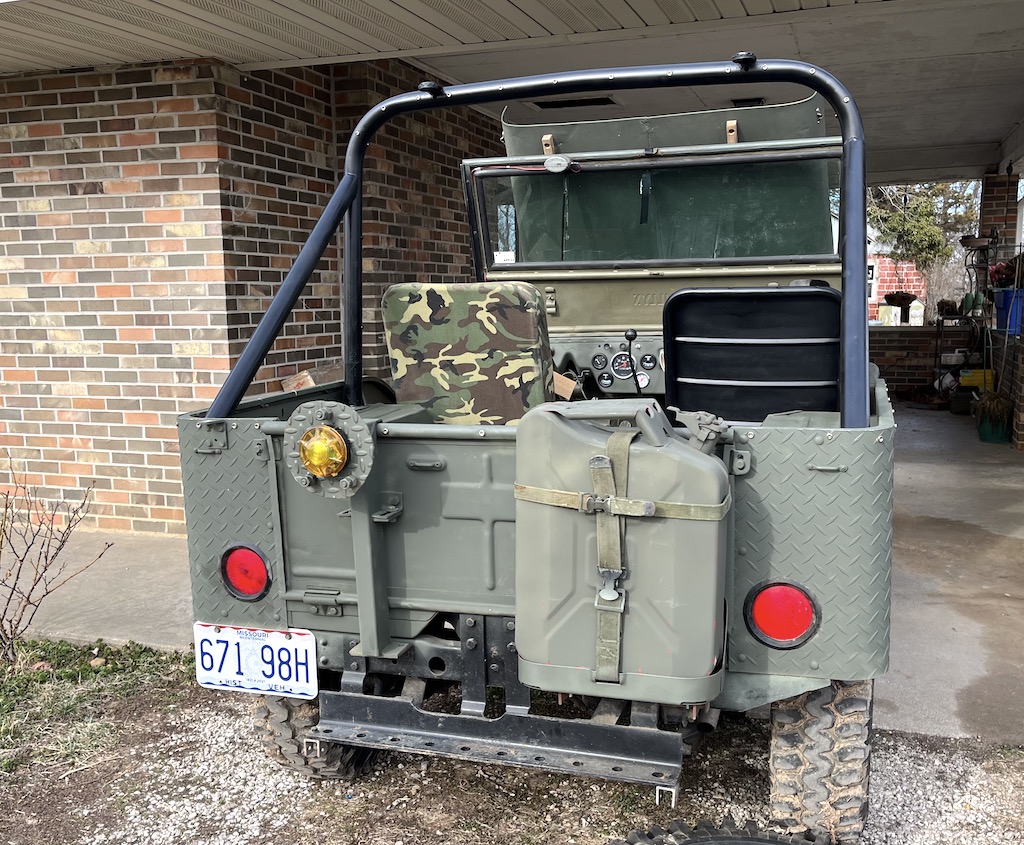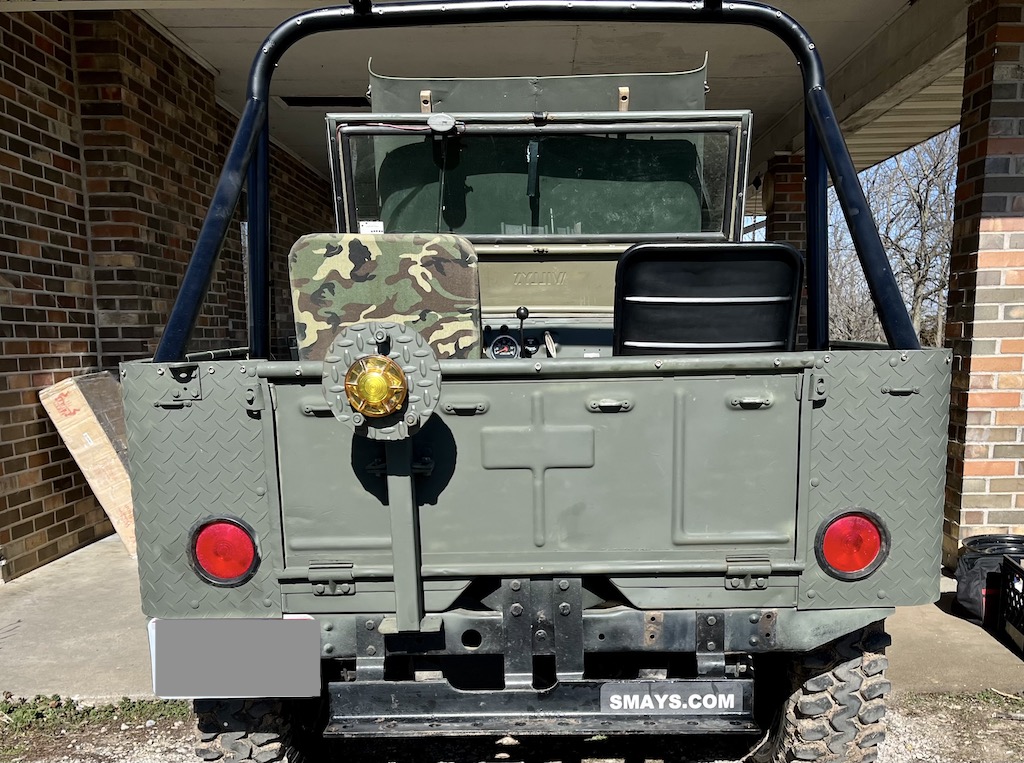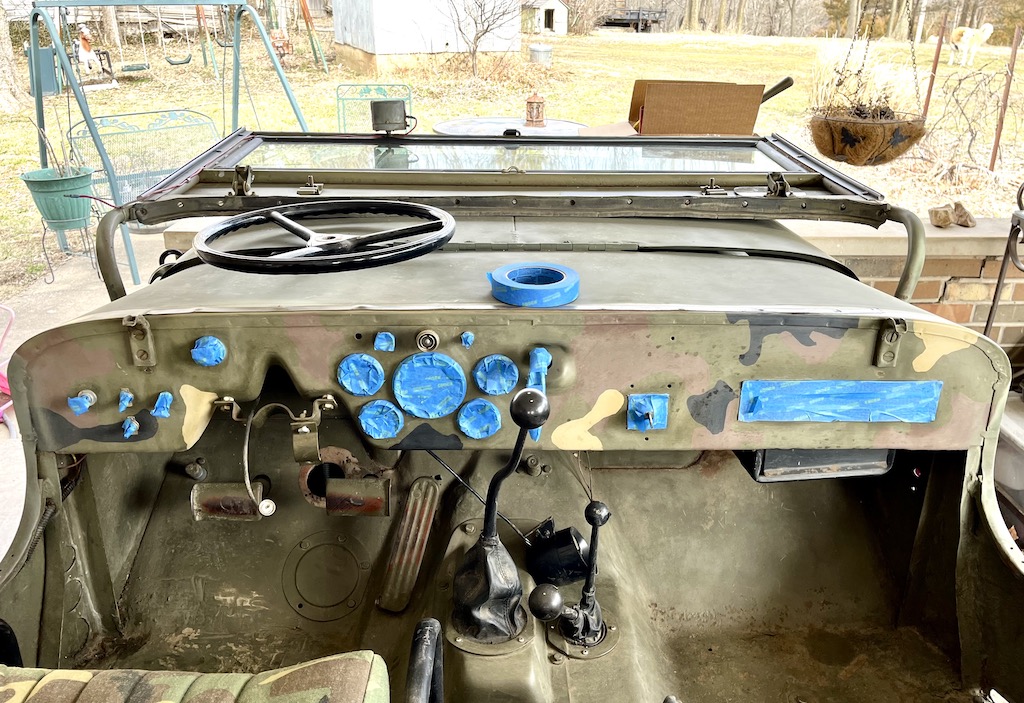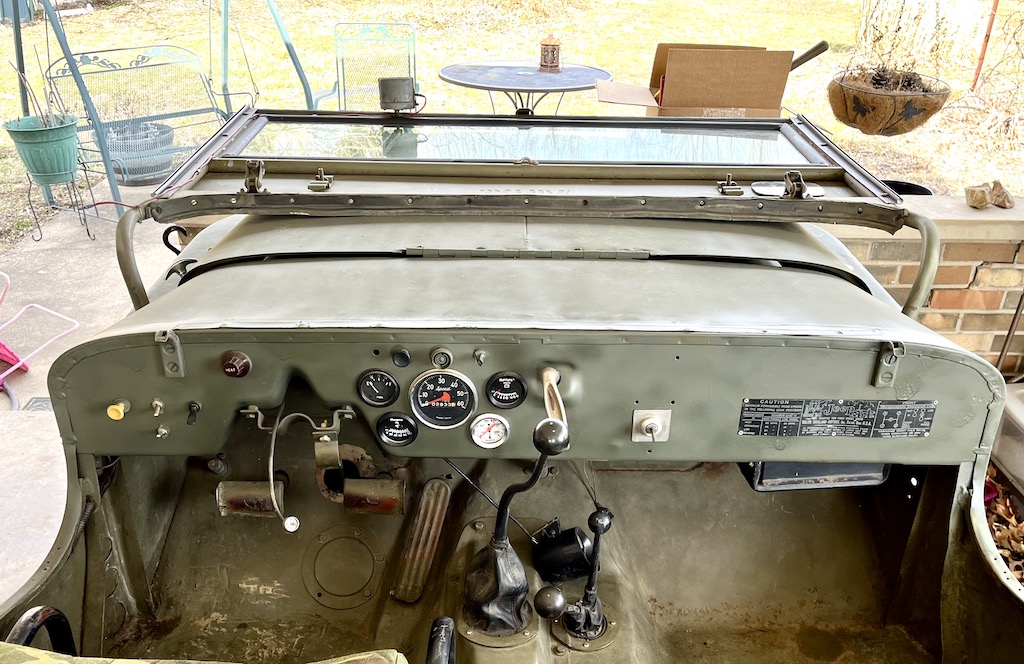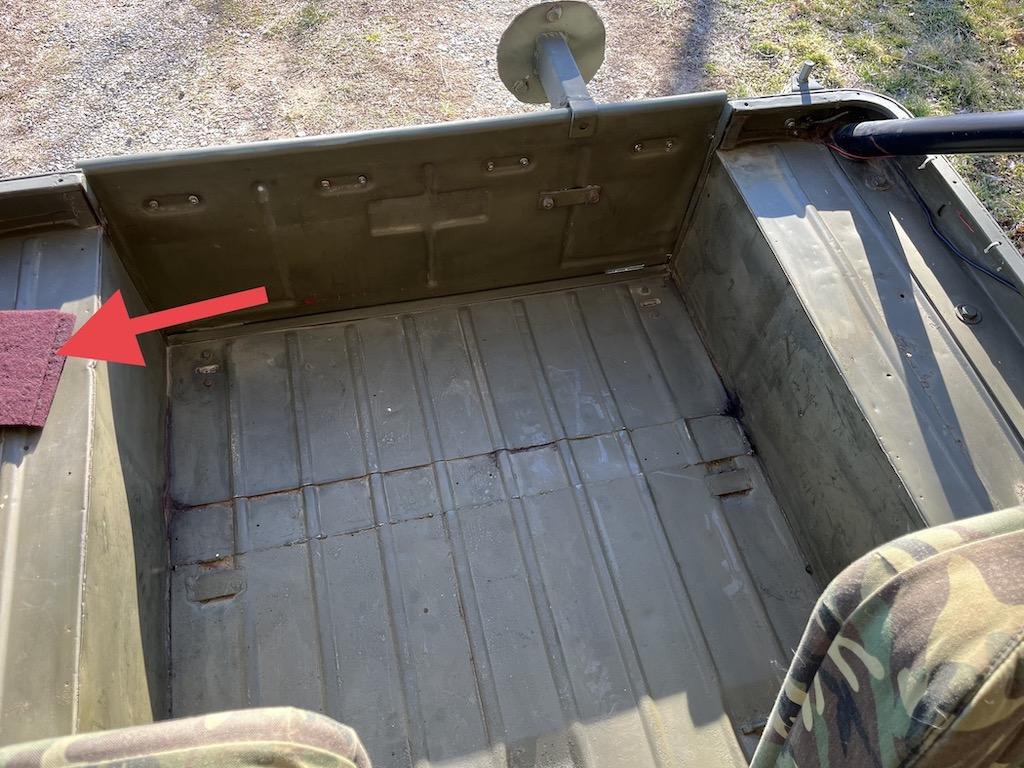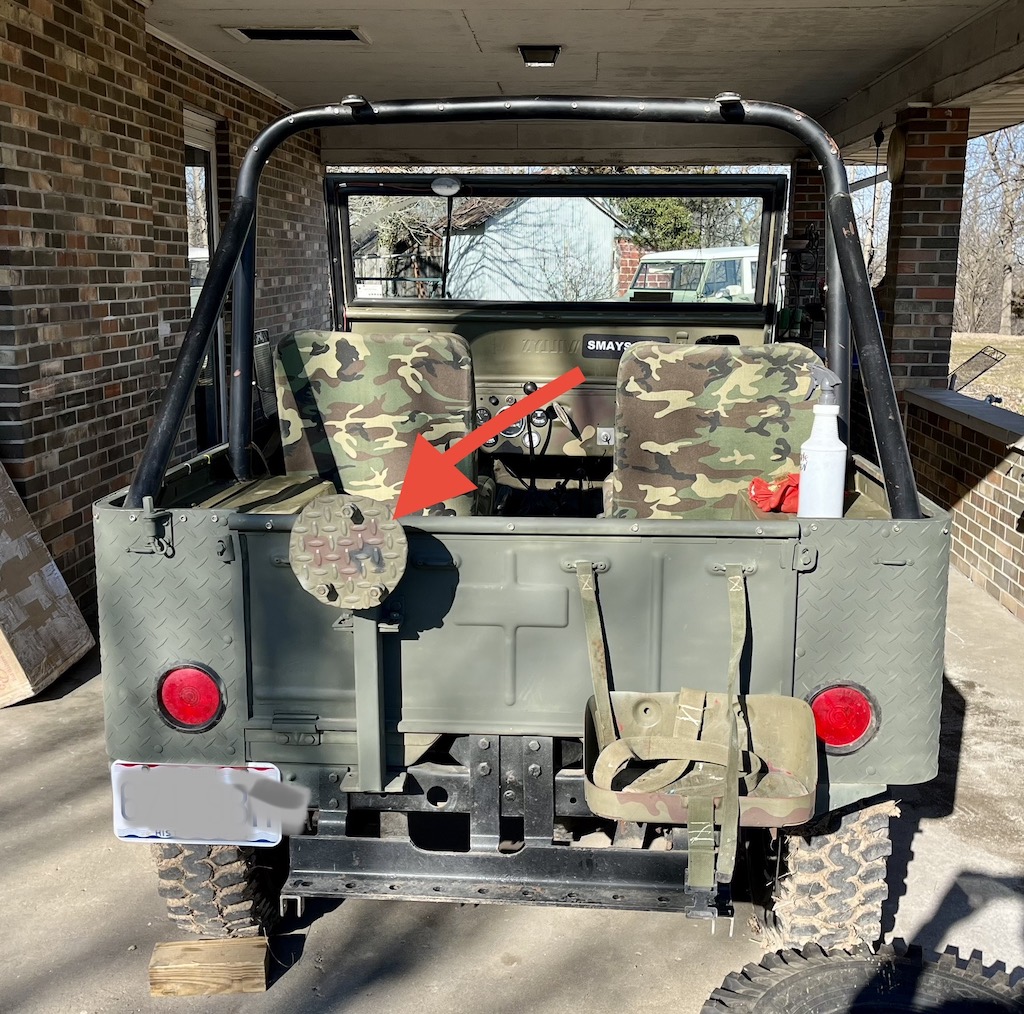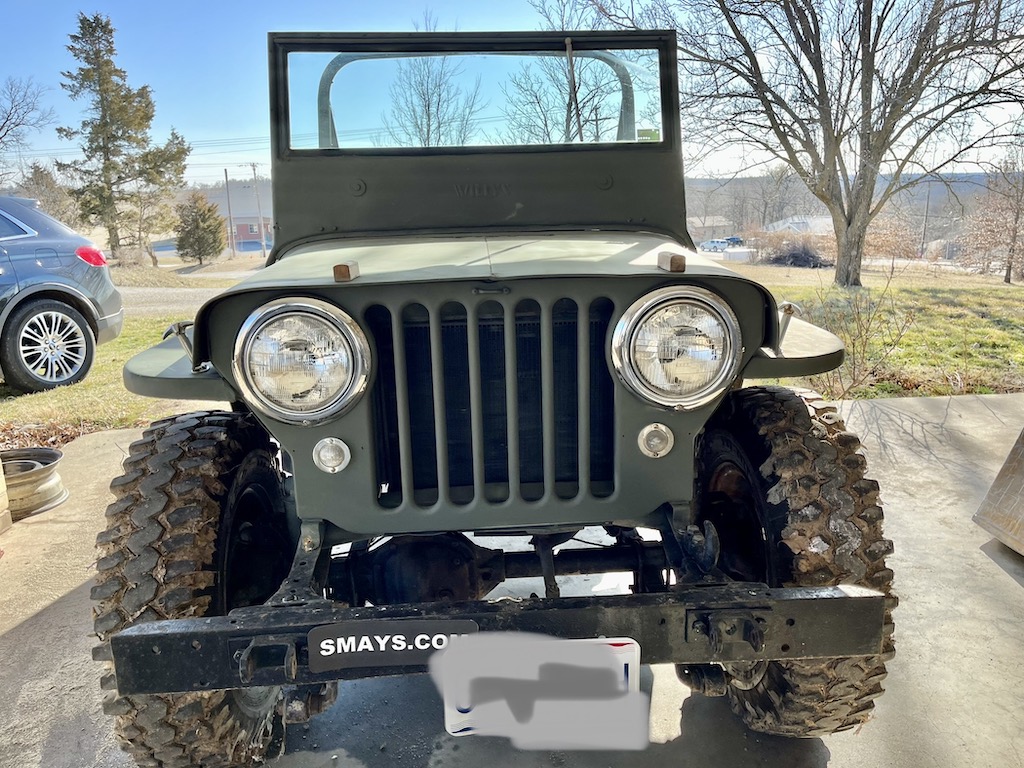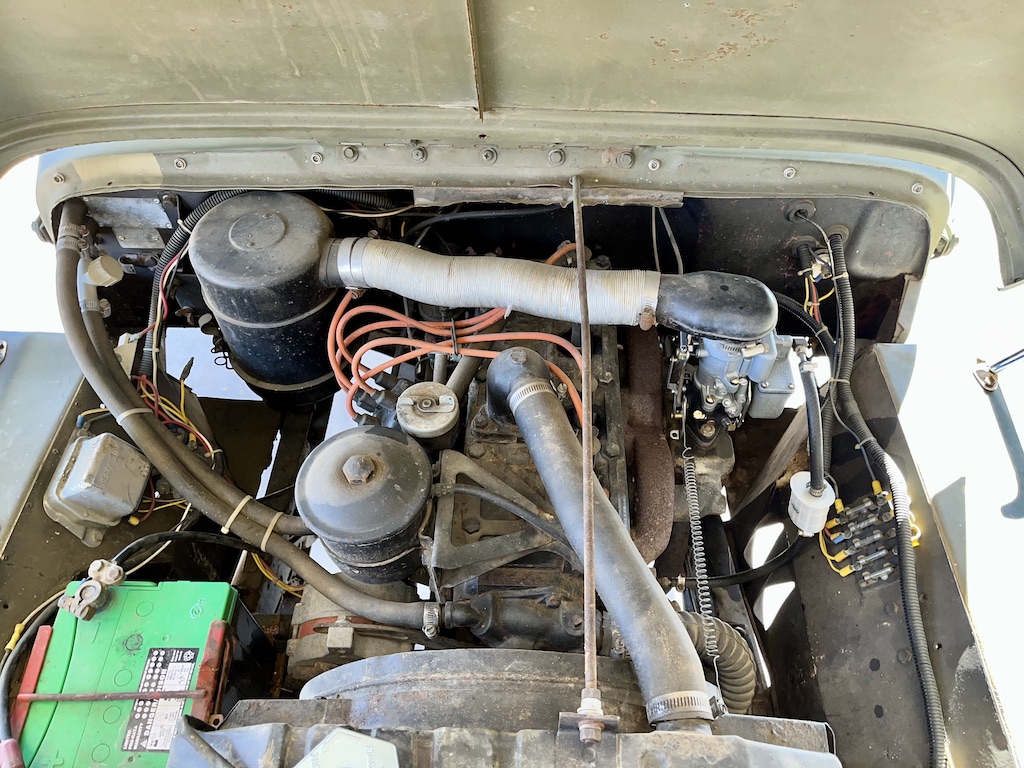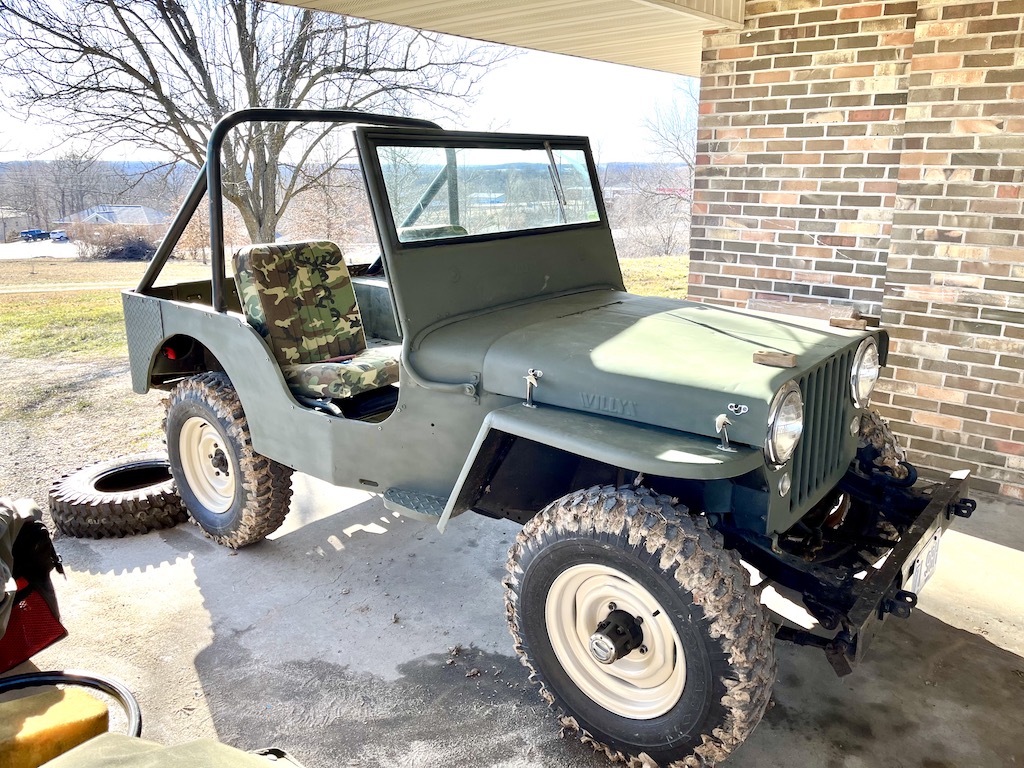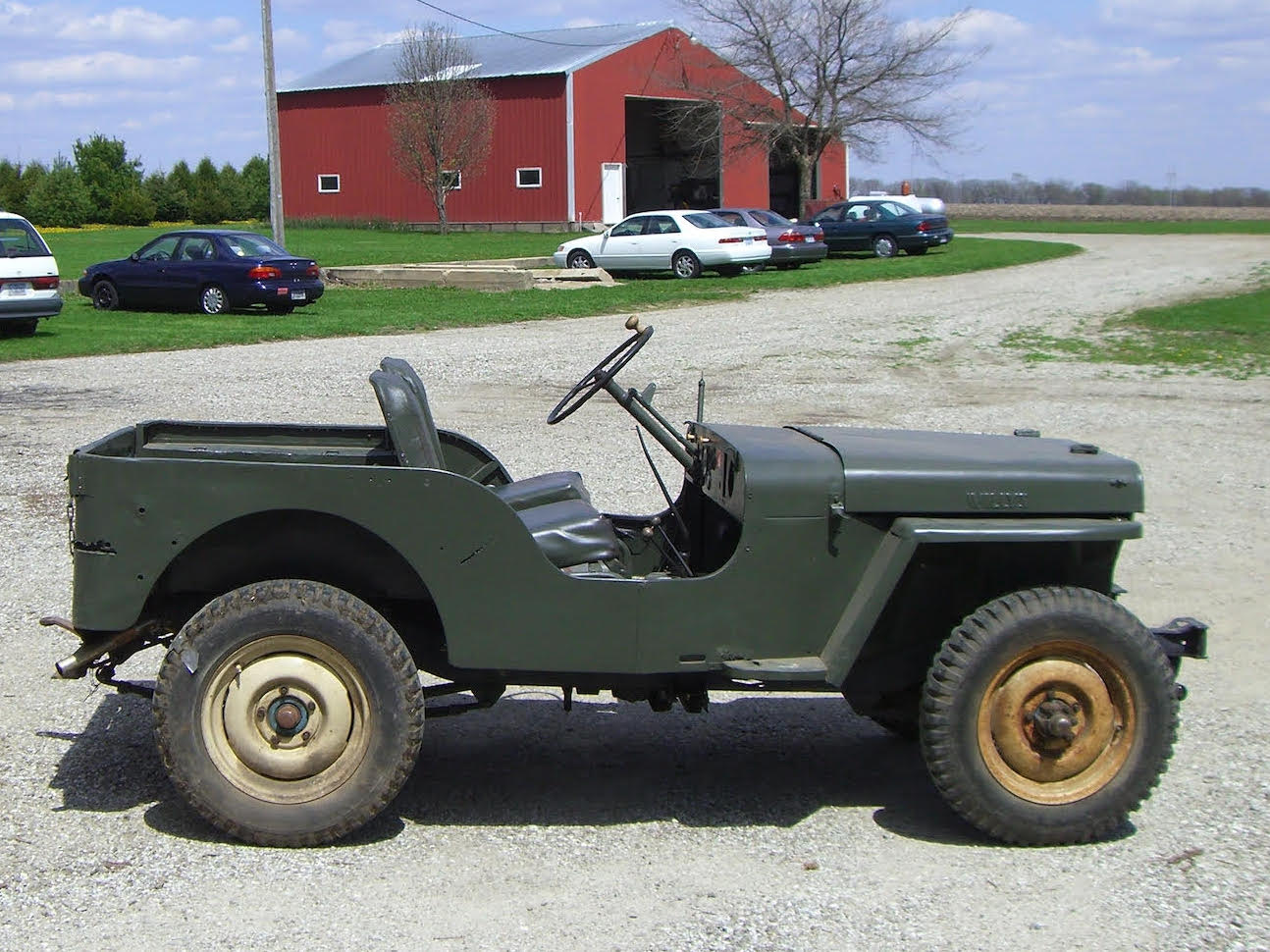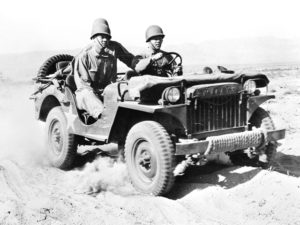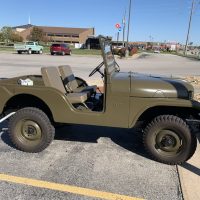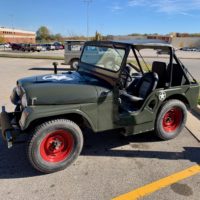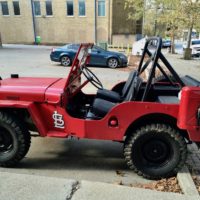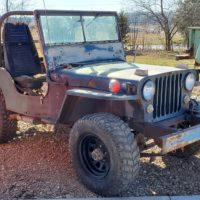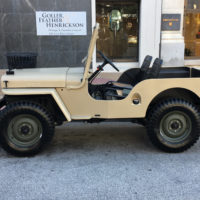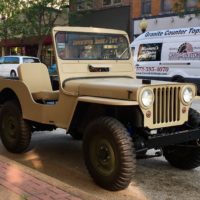Perhaps the better question is, do vehicles have an essence.
“the intrinsic nature or indispensable quality of something, especially something abstract, that determines its character.”
I put this question to a handful of people I know who might have given some thought to such a question.
I’ve been watching lots of videos about the history of the Jeep as well restoration projects. Seems there’s as much mystique and passion surrounding the Jeep as Land Rover.
The historical videos started with the initial development during WWII; then the transition to Jeeps made for the agricultural market; and on to the more mainstream civilian models.
The Jeeps I see on the road (and there seems to be a LOT) bear little resemblance to those early Jeeps. Looks like the name and the grill (maybe) is all that’s left. Which got me wondering… when did these models cease to be a “true Jeep?” If Mitsubishi purchased the brand and putting the Jeep name on one of their models, nobody would consider it a Jeep.
We saw this mindset at work with the Land Rover “Santana.” The forums were full of guys who insisted that is not a “real” Land Rover. I suspect no two Jeep owners could agree on this question. And I don’t particularly care, except from a philosophical standpoint.
If I get any takers on this question, I’ll share them in comments below.

